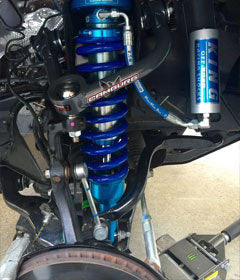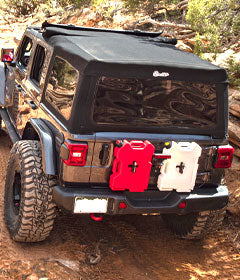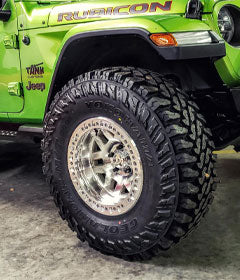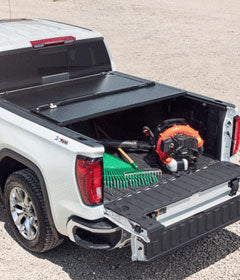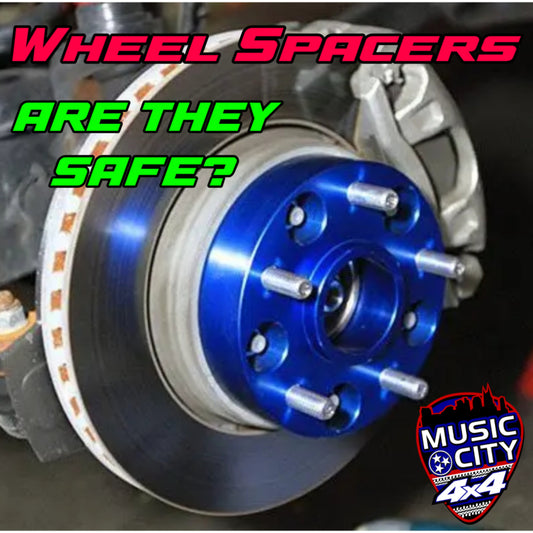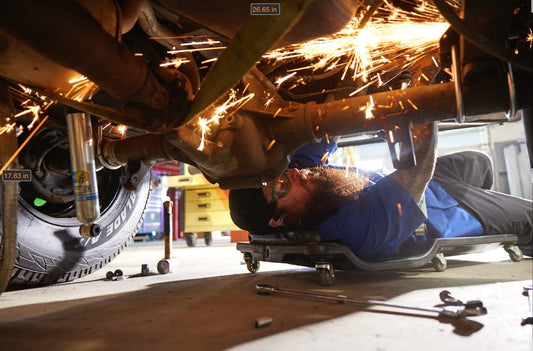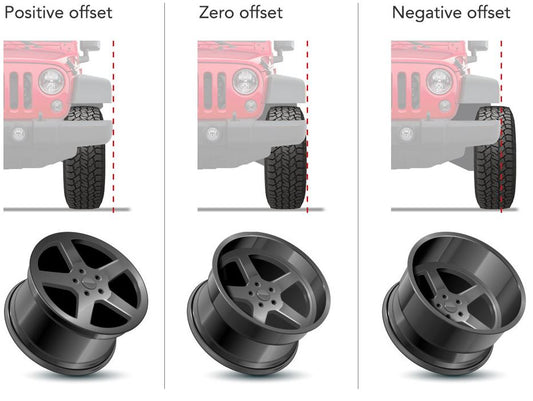Regears: Why Would You Want To Regear Your Vehicle?
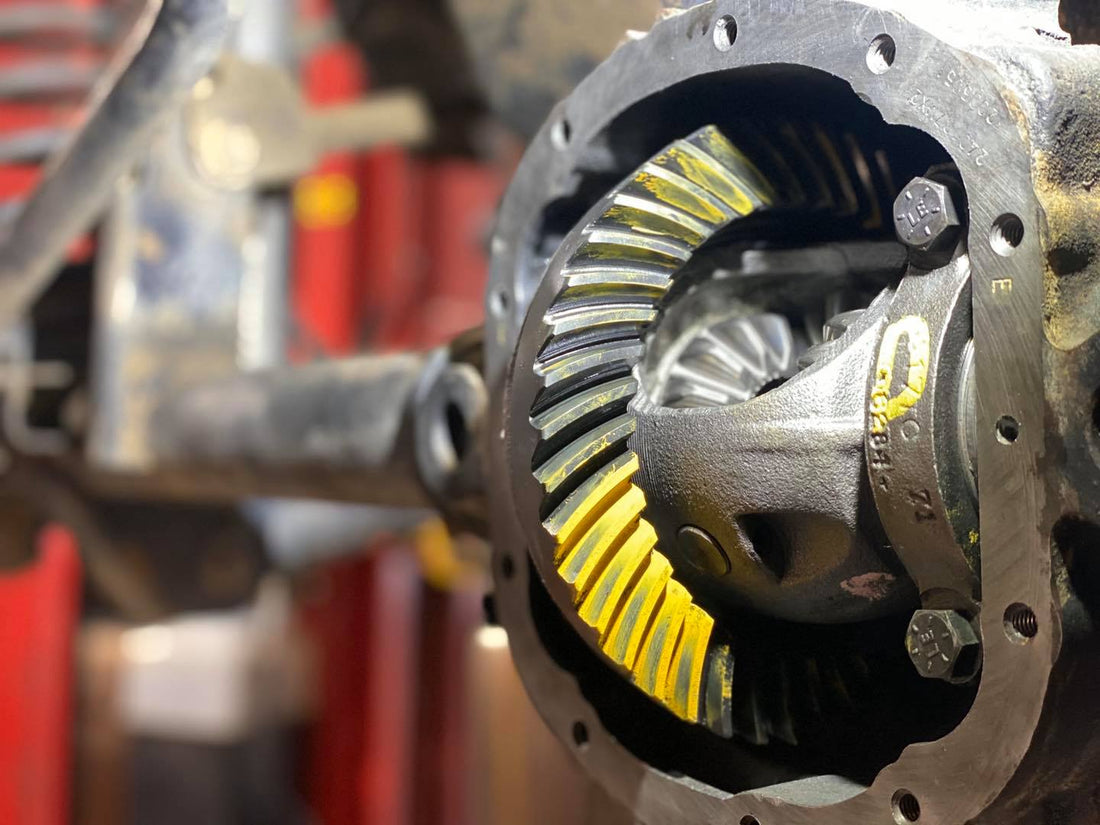

The Basics: What Are Gears?
Your vehicle's drivetrain comes equipped with gears that are carefully chosen to strike the right balance of power and torque. But when you decide to upgrade your tire size, things can get a bit wonky. See, those factory gears are picked based on your vehicle's year and package, like the infamous 3.21s and 3.73s. The magic number here is determined by the teeth on your ring and pinion gears, which, in turn, dictate how many spins your driveshaft needs to make to turn your wheel once.
The Basics: What Exactly Do These Gears Do?
When you hit the road, your driveshafts connect to your axle shafts, thanks to those pinion gears. As your driveshaft spins, it sets the ring gears in motion, which, in turn, spin your axle shafts, making your ride move. But here's the catch: when you slap on those larger tires, your fuel efficiency, power, and overall performance can take a hit. Who wants that, right? We all love cruising in our lifted Jeeps and trucks on the highway without our wallets or gas tanks crying foul.
How Can Re-Gearing Help My Vehicle?
Re-gearing can work wonders for your ride's top speed, fuel efficiency, and performance. Larger tires change the game by altering the tire diameter, roll resistance, rotation, and adding some weight. Your tire's diameter determines how hard your drivetrain has to work to get your vehicle rolling. Without proper gears, you're basically sending more force to your axles, which can lead to all sorts of problems. Re-gearing gets your vehicle back to its factory-like performance, reducing stress on your axles.
Okay, I'm Sold! But Which Gears Are Right for Me?
When it comes to gears, you have two flavors to choose from: low numbers and high numbers. Low, or "tall" gears, are speedsters on the highway and are popular among mudding enthusiasts who need to keep those tires spinning and biting. On the flip side, high, or "short" gears, hit redline faster at lower speeds. These are perfect for rock crawlers, offering more control and a chance to strategize your moves over obstacles.
Before You Re-Gear…
Now, before you get all geared up (pun intended) for a re-gearing adventure, remember this isn't a snap-of-the-fingers upgrade. It takes expertise and attention to detail. Expect to park your Jeep in the shop for a day or two because re-gearing isn't a rush job. Choose a reputable shop, like Music City 4x4 with gear-savvy staff. Remember, good work ain't cheap, and cheap work ain't good.
When you re-gear, both your front and rear axles should be done simultaneously. Your transfer case relies on both your front and rear driveshafts spinning at the same speed, so any difference in gear ratio from the front to the rear axle will lead to problems. Most likely, it will grenade your transfer case.
No Idea What Gears You're Running?
If you've bought a used vehicle and are scratching your head about the gear ratio, no worries. You don't need to rip apart your differential cover. Just call up your local dealership and ask for the parts department, provide them with your VIN number, and they'll tell you what the gear ratio was from the factory. If you’re not the first owner of that vehicle, you may have to pull the cover to read the stamping on the ring gear to tell what ratio it is. Here is another quick way to test approximately what gear ratio you have without pulling the covers.
# of Driveshaft Rotations Approximate Gear Ratio
3.25 3.21:1
3.5 3.55:1
3.75 3:73:1
4 4.10:1
4.5 4.56:1
4.75 4.88:1
What Else Is Required For A Regear?
If you have a 2007 or newer Jeep, you will need to change the gear ratio in the vehicles computer. While it’s not required on a 2007-2011 model, it IS required for a 2012+ Jeep Wrangler or Gladiator. The reason is because the computer will not recognize the difference in gear ratio and think something is wrong – putting it in limp mode. There are several options for tuners and they do much more than change gear ratio. We recommend Superchips tuners for JK’s and a Tazer-Mini for JL/JT. Most other vehicles will not require a tuner to change the gear ratio.
Why Trust Music City 4x4?
We are regear specialists and we’re the only shop in the Nashville Tennessee area that is a Yukon Gear & Axle Certified Master Installer Shop. Not only that, but we do more gear work than anyone in the area. We will not stop until the gears are set up perfectly to ensure there’s no issues down the road. Also, we do your initial 15 mile break-in drive, the most important drive of your new gear’s life, so we know it’s done correctly and there’s no noises or issues.

What comes after the gears are installed…
There will be a 500 mile break-in period after the gears are first installed. During this time, there should be no heavy acceleration, towing or off-roading. This is to ensure that the gears hardened properly and broken in. You DON’T want to overheat your gears! After the break-in period and babying the vehicle, it’s time for the 500 mile service. This is a drain and fill of the differential. Why does this need to be done? Because during the break in of the gears, there will be tiny metal fragments in the gear oil from where the ring and pinion wore into each other. You don’t want that floating around inside of your differential as it can lead to bearing failure.
Save Money While Installing More At The Same Time …
When you have your Jeep brought in for a regear you can add-on other installs that will save you on labor charges because the Jeep axles are already open. This includes:
- Lockers or Limited Slip Carriers
- Upgraded Differential Covers
- Upgraded Driveshafts
- Upgraded Axle shafts
- Ball-Joints
- Rear Axle Seals/Bearings (part of the axle shaft itself, not the housing – Jeeps)



